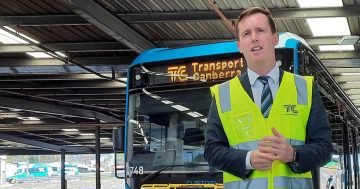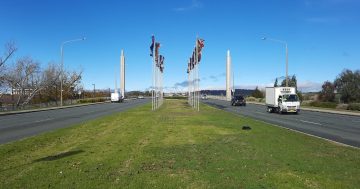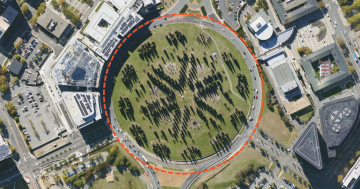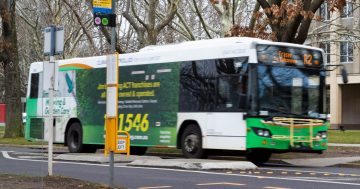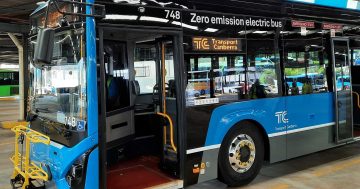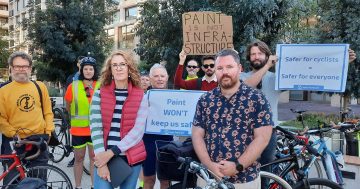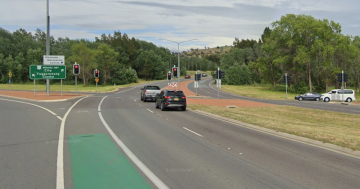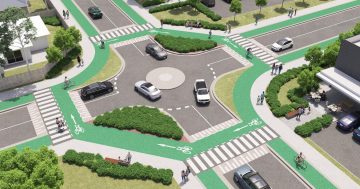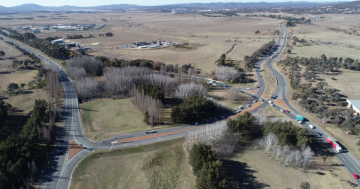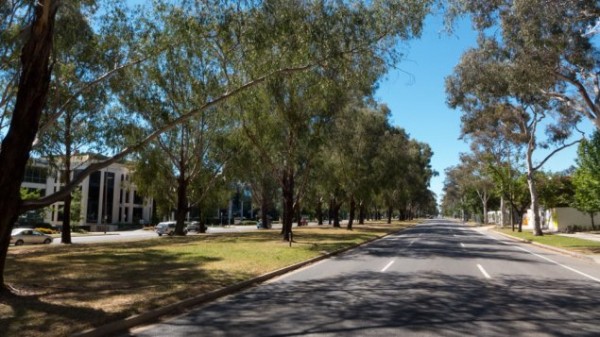
Well planned transit lanes are the quickest and most cost-effective way to reduce congestion and support the Governments commitment to “increasing the public transport share of all work trips to 10.5% by 2016 and 16% by 2026.” An Australian Study “found that the number of carpoolers … increased approximately 23.4 per cent since the introduction of the transit lane.” I estimate that transit lanes can cut four minutes from the time it takes to drive from Gungahlin to Civic, and up to six minutes from bus travel times.
Transport Minister Meegan Fitzharris endorses the advice of transport network analyst Dr Mahmoud Mesbah Namini, that “we should not only look at one project or scheme, we should look at all the schemes.”
So why did she refuse to evaluate transit lanes, claiming that “there is no clear Australian data on the impact transit lanes have on people’s travel behaviour,” in the letter she sent me on 24 June?
Could it be that she believed that reducing congestion would undermine public support for light rail?
Case study: Northbourne Avenue approach to Macarthur Avenue
Morning peak traffic on Northbourne Avenue backs up as far as 500 metres from the Macarthur Avenue traffic signals to the former Tourist Information Centre.
It takes up to five minutes for a car or bus to travel from the back of this queue to the Macarthur Avenue intersection.
A typical one minute green phase of the Macarthur Avenue traffic lights allows one bus and 120 other vehicles to pass through the intersection. Vehicles at the back of the queue crawl forward 200 metres. Then they wait another minute while the lights are red. In the next cycle they progress another 200 metres, past the Pavilion On Northbourne.
Once past the Pavilion, they can get through in the next green phase.
Shadow Transport Minister Alistair Coe says that jump-start intersections make bus travel faster. A jump start bus lane would reduce congestion delays for buses, but would increase congestion delays for general traffic. To give buses enough time to merge ahead of the general traffic would require the green phase to be delayed by five seconds. This would reduce it from 60 to 55 seconds, and would cut the general traffic throughput from 120 to 110 vehicles per cycle. After half an hour, this change would add more than two minutes to congestion delays.
Converting the entire left lane to a bus lane would reduce bus delays by up to five minutes. But during each green phase it would cut the number of other vehicles passing through from 120 to 80. After half an hour, this would add ten minutes to congestion delays.
But if the bus lane terminates at the Pavilion On Northbourne, buses will still save about three minutes. 120 vehicles will still get through in each green phase, because general traffic will still be able to queue in the left lane from the Pavilion to the traffic lights. There will be no increase in overall congestion.
Buses at the front of the lane will still have to wait for an extra cycle of the traffic lights.
If we extend the bus lane by one bus length into the final 200 metre queue, a bus at the end of the lane will save an extra two minutes because it will get through without having to wait for another traffic light cycle. Any increase in general congestion will be negated because faster bus journeys will encourage some car drivers to switch to buses.
Each car driver who switches to buses will reduce congestion not only at this intersection, but also at every other intersection along the route.
If we make this a T3 lane rather than a bus lane, then drivers and passengers who travel in cars with three or more occupants will also benefit from faster travel. Each car driver who becomes a car passenger will further reduce congestion, at every intersection along the route.












